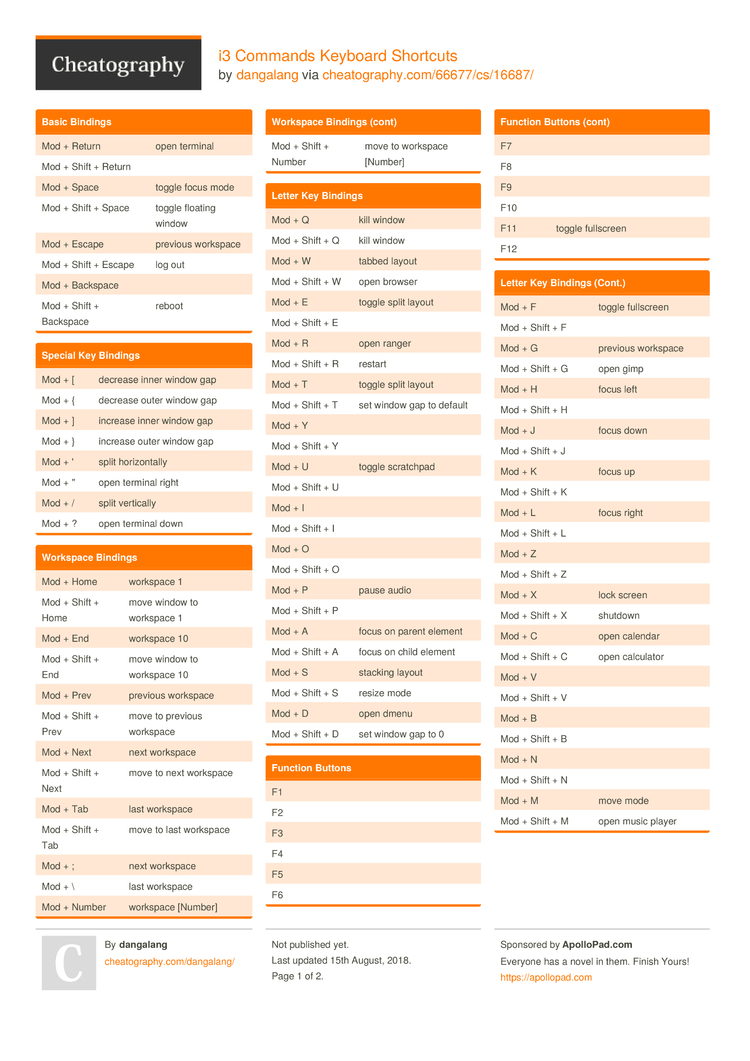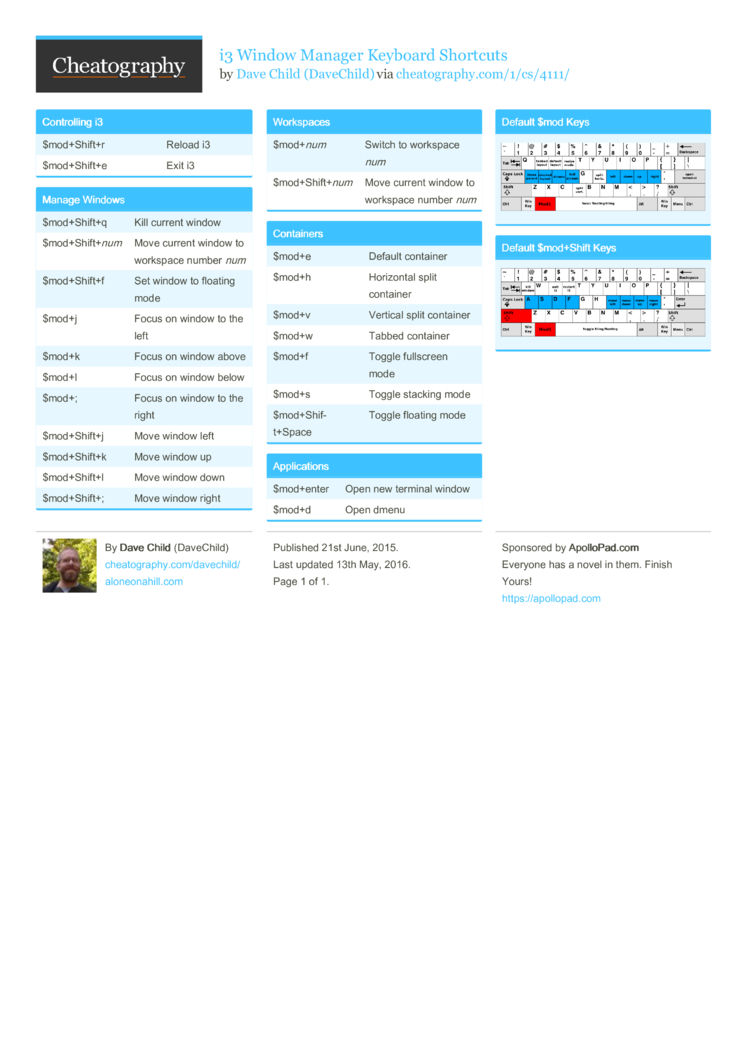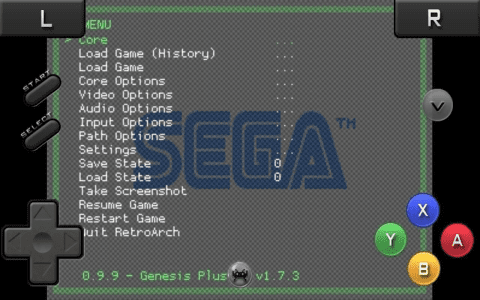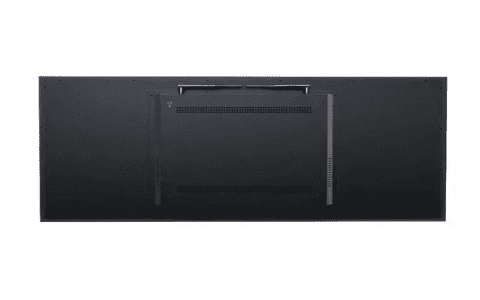Well now, you’re lookin’ to learn a bit about this thing called i3, eh? It’s a tiling window manager for Linux, real handy for folks who like to keep things organized and don’t mind a little work to get things just right. Now, don’t go gettin’ all worried. I’ll keep it simple, no fancy talk here. Just some good ol’ fashioned know-how to get you started with i3.
First thing’s first: The $mod key. Now, this $mod key, it’s important. You’ll use it a lot. Think of it like the magic key that opens doors in i3. Usually, it’s that little “Super” key, you know, the one with the Windows logo on it. Some folks might call it the “Win” key, but whatever you wanna call it, it’s your main key for control. Get used to it, ‘cause you’re gonna press it often.


How to move around with i3: When you open your system and start workin’ with windows, you’ll notice that everything is tiled. No more messin’ around with overlapping windows. Everything’s nice and neat. You can switch between them by using the arrow keys or even better, the jkl; keys. Just like you’re movin’ a cursor around, but it’s for windows! You can move left, right, up, or down without ever havin’ to mess with a mouse. Real handy, especially when you’re in a hurry.
- Mod1+Arrow Keys – move windows around.
- Mod1+j, Mod1+k – move between windows in the layout.
If you wanna open up a new window, you just gotta use the Mod+Enter combo. That’ll open up a terminal window for you to type away in. If you wanna open other apps or programs, just hit Mod+d and type away in the dmenu. It’s a quick way to find anything on your system. Like a search engine but just for your apps!
Workspaces: Another big part of i3 is this thing called workspaces. Think of workspaces like separate areas or rooms in your house where you can keep different things. Maybe you want one room for browsing the web, another for writing up documents, and another for fiddlin’ with the terminal. You can switch between these rooms by pressing Mod+number. So if you press Mod+1, you’ll be in the first workspace. Press Mod+2 for the second one, and so on. You can keep it all nice and organized that way.
- Mod+number – switch to the workspace number you want.
- Mod+Shift+number – move a window to a different workspace.
Floating windows: Sometimes you might want a window to float on top of the others. That means it won’t tile with the others, it’ll just hover around, like a window in the sky. To toggle a floating window, you just press Mod+Shift+Space. Now you can move it anywhere you want, just like a regular ol’ window that you can drag around.
Resize windows: If you need to resize a window, it’s easy. You just use Mod+R to go into resize mode. Once you’re in resize mode, you can use the arrow keys or the jkl; keys to change the size of your window. You can make it bigger or smaller until it fits just the way you want it.
Closing windows: Now, when you’re done with a window and want to get rid of it, it’s as simple as pressing Mod+Shift+Q. That’ll close the window for you, and you’re back to a cleaner workspace.
More advanced tricks: Once you get comfortable with the basics, you can start diggin’ deeper into i3. You can customize it and make it your own. Want different keybindings? You can change ‘em. Want to adjust how windows look? You can do that too. All this stuff is set up in the configuration file, which you’ll find in your home directory under ~/.config/i3/config.
Tips for beginners:


- Don’t be afraid to try stuff out. If you mess up, you can always go back to the defaults.
- Learn the keybindings one at a time. Don’t try to memorize everything at once. Take it slow.
- Use dmenu for quick access to programs.
In summary: i3 can seem a little tricky at first, but once you get the hang of it, it’s a fast and efficient way to use your computer. Remember the basics: the $mod key, switching workspaces, moving and resizing windows, and you’ll be well on your way. Just don’t rush it, and before long, you’ll feel like a pro.
Tags:[i3, window manager, Linux, tiling windows, mod key, keyboard shortcuts, dmenu, workspaces, floating windows, resizing windows, i3 tips, i3 cheat sheet]



